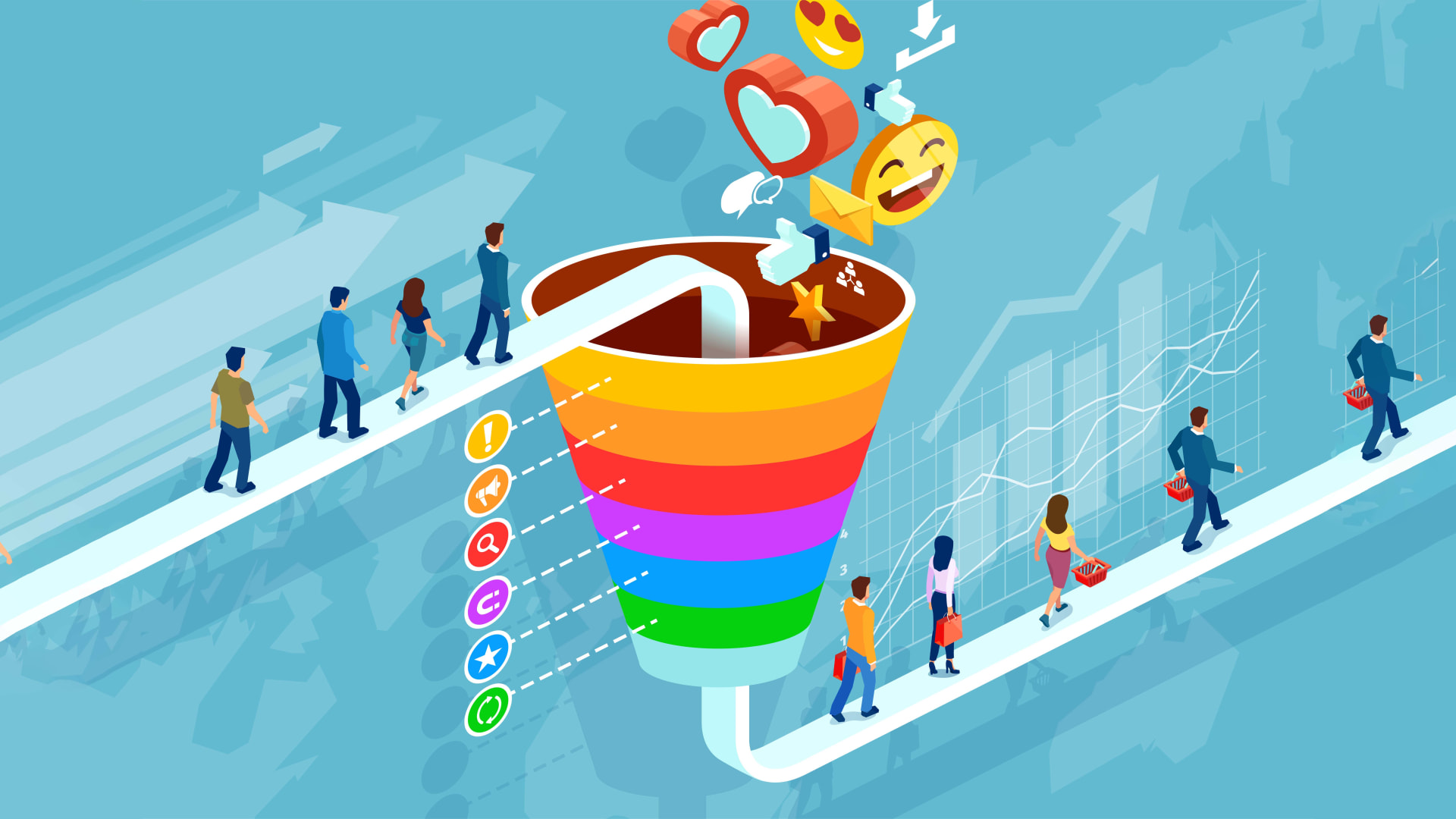
Learn lead generation strategies for B2B vs. B2C business models. Here are the similarities and differences, and also tips for reaching them.
As you look for resources for how to improve lead generation for your business, consider whether the resources refer to B2B or B2C because each is unique. You have to consider your customers when evaluating the best methods for your business.
You’ll find several similarities between lead generation in B2B vs. B2C but you’ll also learn of many differences as you explore strategies. Here’s a look at similarities, differences and strategies you might consider.
Before you dive too deep into lead generation strategies, learn the differences and similarities between the two audience types.
B2B tends to have a much longer sales cycle than B2C. That’s because there are more parties involved in B2B purchasing decisions and more complexity in budget approvals and process changes. That means you’ll need to plan a much longer lead nurture series if your audience is B2B.
B2C decisions are often very transactional. That means that once a buyer has decided it’s time for a purchase, they evaluate their options and make a purchase within a few days or even weeks. It is less complicated, and you’ll only be marketing to one or maybe two individuals to close the sale.
Each audience has unique content needs. B2B audiences tend to be business people in key decision-making roles, likely C-suite or management. You’re speaking to a well-educated audience looking for in-depth information on the subject matter. Their standards will be high and you need to word everything clearly and intelligently to appeal to them.
B2C decision-makers are individuals. While they might be managers or C-suite in their professional lives, they are in a more relaxed setting when buying as a consumer. So it’s not to say they aren’t highly educated and knowledgeable about certain things, but the setting is different, which means you can be less formal.
B2C audiences tend to resonate well with infographics and how-to videos when learning more about your business and what you have to offer.
Lead generation for B2B will likely be a narrow, specific market. Your goal is to get your products or services into their decision set when buying, which requires product promotion. Often, there are not as many competitors in the B2B space, which means it’s less about breaking through the noise and more about building awareness.
B2C buyers are often more diverse. The audience will include many types of people and could span enormous demographics. Marketing strategies will be about breaking through the noise and many competitors to reach the audience.
Social media use between B2B and B2C buyers is also very different. When it comes to B2B, you’ll find that LinkedIn is popular and a good place to build awareness for products and services. But many other platforms aren’t worth the time and effort.
In contrast, B2B buyers won’t look to make purchasing decisions on LinkedIn. Instead, these platforms are the most influential in bringing in new customers.
B2C also spends more time on these platforms, offering more opportunities to reach them.
Once a B2C customer has decided to buy a product, they can do so with a few clicks online or by seeing where the product is sold locally. It’s a simple process that they can complete transactionally.
Their decision making is mostly based on product perceptions and how they view the product’s quality. When doing lead generation for a B2C business, you should focus on touting product benefits a great deal since that’s what motivates buyers.
In contrast, B2B sales are more relationship-based. Buyers tend to make purchases based on the company they view as doing the most to earn their business.
Long-standing relationships have more pull so personal interactions can help the sales process.

If you manage a B2B organization, read up on lead generation strategies that help build personal relationships and guide buyers through what’s normally a long sales cycle.
B2B buyers want to prepare themselves for making a purchasing decision. Their organization looks to them to make good decisions that will have an impact on the organization. To fulfill that role well, they look to learn as much on the topic as they can.
To generate leads through content marketing, you should target your content toward common keywords and phrases your audience is using to learn more about your products and services while also ensuring you have an opportunity for them to share their information with you to stay in touch.
The professional social media site is a great place to meet and start a relationship with B2B buyers. You can do this within groups, the news feed and lead-generation ads. Just be sure that you’re catering to your audience’s needs and not just selling your product or service.
Combine your LinkedIn lead generation with content marketing to offer an e-book or other helpful content that rewards the prospect for sharing their contact information with you so you can begin nurturing them as a lead.
Target keywords on Google Ads that show your audience is seeking more information or preparing for a purchase. The more strategic you are in the keywords you target, the better your conversion rates will be.
Ensure your ad copy helps answer questions and guide users instead of just hard selling your product or service.
Your buyer is busy. They need answers fast and at their convenience. Offering online chat can help them ask those questions and get live answers. Knowledge bases and clear product copy are good, but offering a fast and simple line of communication to your customer service team is even better.
You can start chat sessions by requesting some basic contact information to help you stay in touch with the customer, that way you’ve captured the lead and can keep the conversation going even after the person leaves the chat.
Keeping in mind that your buyer is busy, offering various methods for consuming content can help cater to their unique needs. Some buyers want to listen to content during commutes or watch a video at their convenience instead of having to read the information.
Video offers a way to share your content both visually and audibly. You can make content that could be used like a podcast where the user can just listen and consume your content that way or give it extremely engaging visuals to keep them in place until the end.
While you’ll see some similarities in how B2C companies communicate with their customers, the strategy is a bit different. Here’s what to expect.
Offer a discount or special offer for sharing their email address. This helps you stay in touch long-term. The more engaged and robust your email list is, the better your ROI from email marketing will likely be.
Some ways to incentivize email sharing include:
You might do the same for phone numbers so you can text your customers. Some customers are easier to reach via text than by email and having the option for how to communicate with them can help resonate with them.
Content from videos is memorable, engaging and motivating. Because of that, offering consumers video content can help convert them into leads. You might ask for their email address before getting to watch the video, which is also known as gated content. Or you might make it an option part of the way through.
You can provide a variety of video content to engage users in various phases of the journey. Some examples include:
You have to build awareness before a prospect can become a lead. Publishing content on third-party blogs can help you make them aware of your business, what makes it great and what you have to offer. This can drive them to your website, where you can capture the lead.
Every B2C business is different in which paid ad platforms are best for them. Experiment with search ads, display ads and social media ads. These ads can help build loyalty and increase the value of a person’s purchase.
Entertain and engage users on social media. People spend lots of time there and you can capitalize on that with high-quality content. Make the content interactive to help them engage with you and build a relationship.
The right platforms for your organization will vary based on who your audience is and what your resources are.
Lead generation strategies require flexibility and adjustment as you learn more about what resonates best with your audience. For expert insights and strategy, schedule a free consultation with the team of experts at New Light Digital.
Further reading: